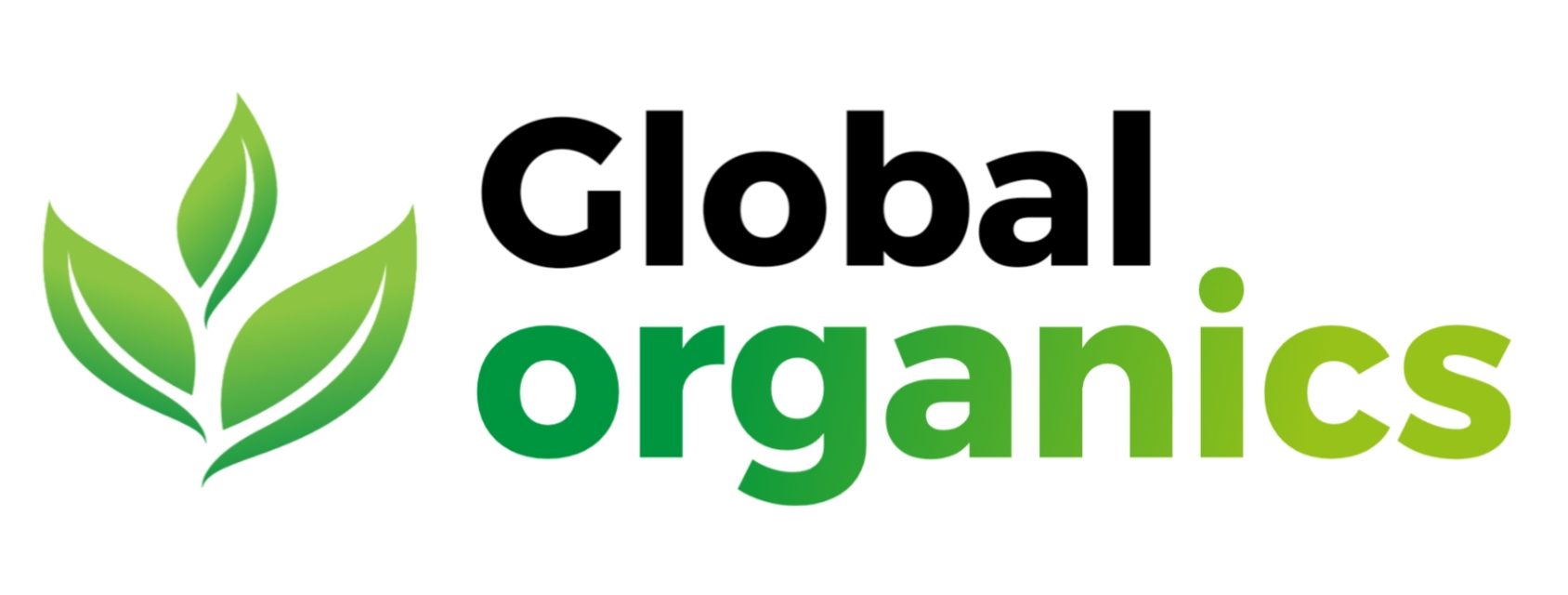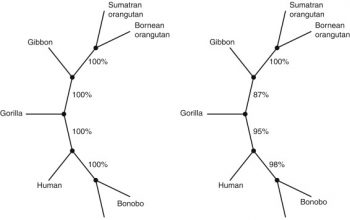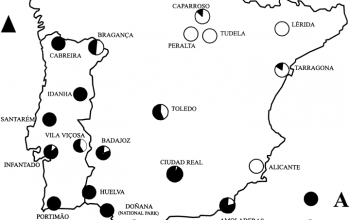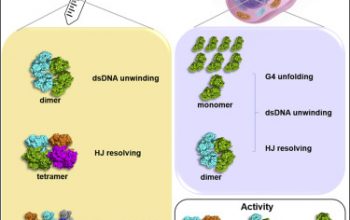Introduction
Coronavirus is a single-stranded positive-sense RNA virus with an envelope approximately 80-120 nm in diameter. His Genetic material is the largest of all RNA viruses and is a major pathogen of many domestic animals, pets, and human diseases. It can cause a variety of acute and chronic illnesses. Common signs of an infected person with a coronavirus include respiratory symptoms, fever, cough, shortness of breath, and dyspnea. In more severe cases, the infection can cause pneumonia, severe acute respiratory syndrome, kidney failure, and even death.
The 2019 Novel Coronavirus, or “SARS-CoV-2 (COVID-19)”, Was Discovered Due to Wuhan Cases of Viral Pneumonia in 2019, and was named by the World Health Organization on January 12, 2020, confirming that it can cause colds and Middle East Respiratory Syndrome (MERS) and more serious illnesses such as acute respiratory illness syndrome (SARS). This kit is useful for the auxiliary diagnosis of coronavirus infection. Test results are for clinical reference only and cannot be used as a basis to confirm or exclude cases only.
Expected use
STANDARD Q COVID-19 Ag Test is a rapid chromatographic immunoassay for the qualitative detection of SARS-CoV-2 antigens present in the human nasopharynx. This test is to be administered by healthcare workers and laboratories only, as an aid to early diagnosis of SARS-CoV-2 infection in patients with clinical symptoms with SARS-CoV-2 infection. It only provides an initial screening test result.
This product is strictly for professional medical use only and is not intended for personal use. The administration of the test and the interpretation of the results should be performed by a trained healthcare professional. The result of this test should not be the only basis for the diagnosis; confirmatory tests are required.
Test Principle
The STANDARD Q COVID-19 Ag test has two pre-coated lines, the “C” control line, “T” test line on the surface of the nitrocellulose membrane. Both the control line and the test line in the results window are not visible before applying any specimen. The mouse monoclonal anti-SARS-CoV-2 antibody is coated on the region of the test line and the mouse. The monoclonal anti-Chicken IgY antibody is coated in the control line region.
Mouse monoclonal anti-SARS-CoV-2 Color particle conjugated antibodies are used as detectors for the SARS-CoV-2 antigen device. During the exam, The SARS-CoV-2 antigen in the sample interacts with the colour-conjugated anti-SARS-CoV-2 monoclonal antibody particles that form the antigen-antibody colour particle complex. This complex migrates on the membrane through capillaries. action up to the test line, where it will be captured by the mouse monoclonal anti-SARS-CoV-2 antibody.
The test line would be visible in the result window if SARS-CoV-2 antigens are present in the sample. The intensity of the coloured test line will vary depending on the amount of SARS-CoV-2 antigen present in the sample. If SARS-CoV-2 antigens are not present in the sample, no colour appears in the test line. The control line is used for procedure control, and should always appear if the test procedure is successful and the test reagents of the control line are working.
Kit contents
- Test device (individually in a foil bag with desiccant)
- Extraction buffer tube
- Mouthpiece cap
- Sterile swab
- Instructions for use
Kit Storage And Stability
Store the kit at 2-30 ° C / 36-86 ° F out of direct sunlight. The kit materials are stable until the expiration date is printed on the outer box. Do not freeze the kit.
Warnings And Precautions
1. Do not reuse the test kit.
2. Do not use the test kit if the bag is damaged or the seal is broken.
3. Do not use the Extraction Buffer Tube from another lot.
4. Do not smoke, drink, or eat while handling the sample.
5. Wear personal protective equipment, such as gloves and lab coats, when handling kit reagents. Handwashing thoroughly after testing.
6. Thoroughly clean spills with a suitable disinfectant.
7. Handle all specimens as if they contain infectious agents.
8. Observe established precautions against microbiological hazards during testing procedures.
9. Dispose of all samples and materials used to perform the test as biohazard waste. Laboratory chemistry and Biohazard waste must be handled and disposed of in accordance with all local, state, and national regulations.
10. The desiccant in the aluminium bag is to absorb moisture and prevent moisture from affecting the products. If the humidity indicates that the desiccant beads turn from yellow to green, the test device in the bag should be discarded.
Sample Collection And Preparation
- To collect a nasopharyngeal swab sample, insert a sterile swab into the patient’s nostril, reaching the surface of the posterior nasopharynx.
- Using gentle rotation, push the swab until resistance is encountered at the level of the turbinate.
- Rotate the swab several times against the nasopharyngeal wall.
- Gently remove the swab from the nostril.
- The sample should be analyzed as soon as possible after collection.
- Samples can be stored at room temperature for up to 1 hour or at 2-8 ° C / 36-46 ° F for up to 4 hours prior to testing.
Limitation Of the Test
1. The test procedure, precautions, and interpretation of the results of this test must be strictly followed when performing the test.
2. The test should be used for the detection of SARS-CoV-2 antigen in human nasopharyngeal swab specimens.
3. Neither the quantitative value nor the concentration rate of the SARS-CoV-2 antigen can be determined with this qualitative test.
4. Failure to follow the test procedure and interpretation of test results may adversely affect test performance and/or produce invalid results.
5. A negative test result may occur if the level of extracted antigen in a sample is below the sensitivity of the test or if a poor quality sample is obtained.
6. For greater precision of immune status, additional follow-up tests using other laboratory methods are recommended.
7. The test result should always be evaluated with other data available to the physician.
8. A negative result may occur if the concentration of antigen or antibody in a sample is below the detection limit of the test or if the sample was collected or transported incorrectly, therefore a negative test result will not do not eliminate the possibility of SARS-CoV-2 infection, and must be confirmed by viral culture or molecular testing assay or ELISA.
9. Positive test results do not rule out coinfections with other pathogens.
10. Negative test results are not intended to rule out another coronavirus infection, except SARS-CoV.
11. Children tend to shed the virus for longer periods of time than adults, which can lead to differences in insensitivity. between adults and children.
12. When using VTM, the sensitivity may be reduced due to dilution.
13. Only Copan UTM, BD UTM and STANDARD ™ Transport Medium have been validated with the assay.




